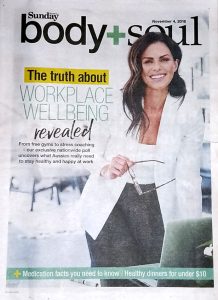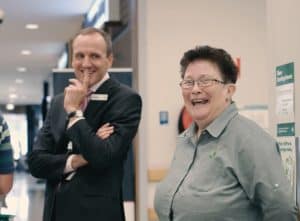The Australian Industry Group and its Chief Executive Innes Willox have been criticised on social media in Australia today as a result of an ABC report into a workplace fatality that occurred during the AI Group’s apprenticeship program. The criticism has come as the AI Group is very active on matters of occupational health and safety policy to its members and government
The AI Group provided SafetyAtWorkBlog with this statement concerning the report: Continue reading “AI Group responds to media report on apprentice’s death”

 On Sunday November 4 2018, The Herald-Sun newspaper’s regular Body & Soul supplement devoted several pages to an
On Sunday November 4 2018, The Herald-Sun newspaper’s regular Body & Soul supplement devoted several pages to an  On June 5 2018,
On June 5 2018, 
 One of the best elements of
One of the best elements of